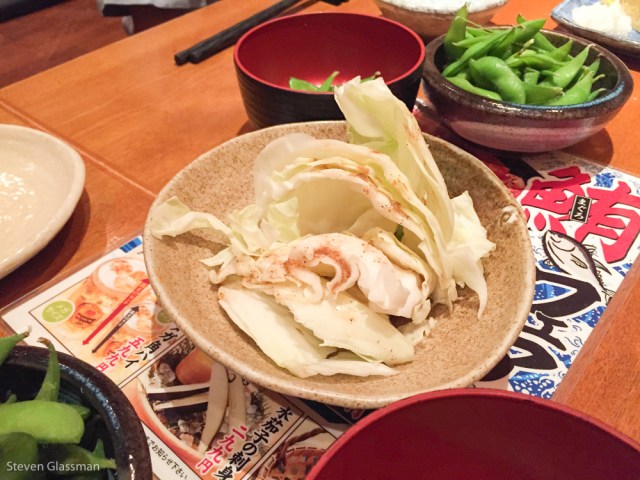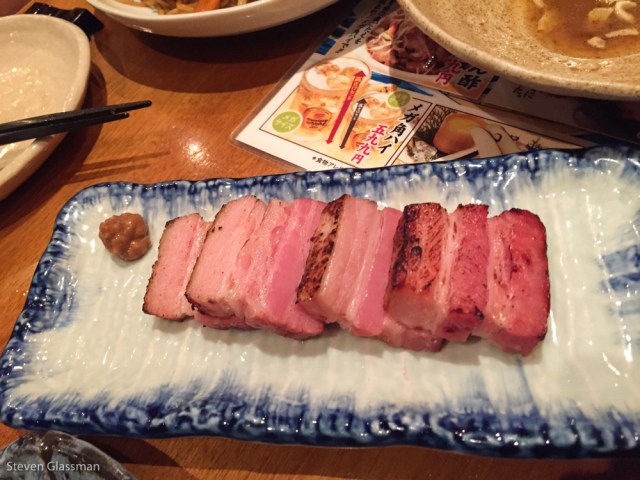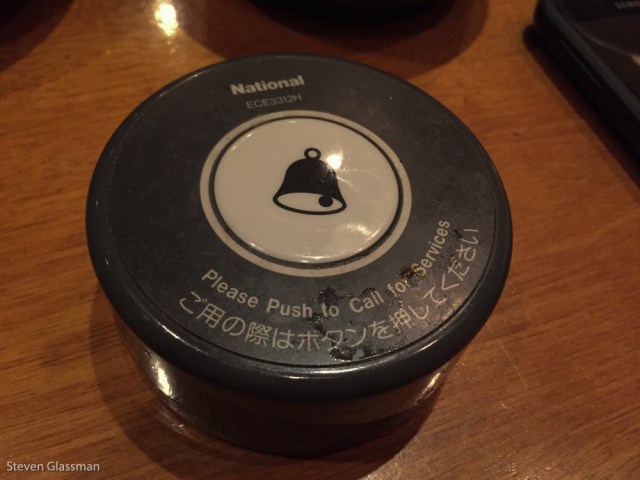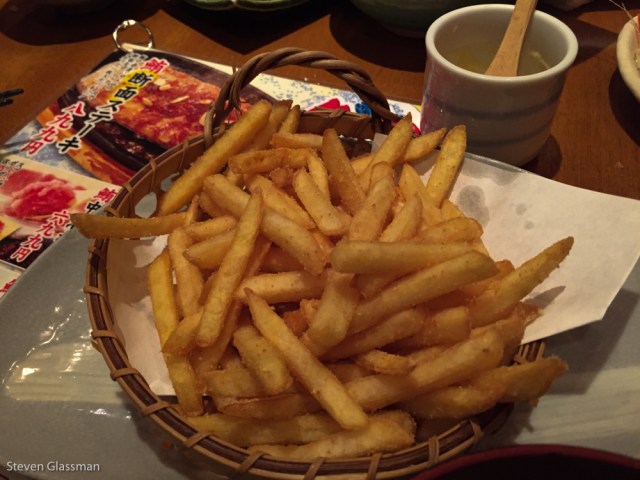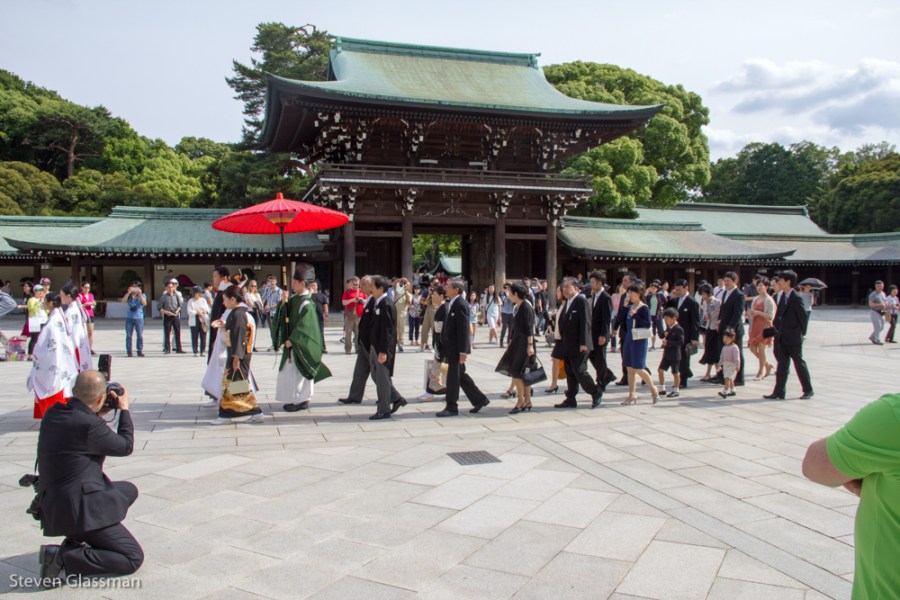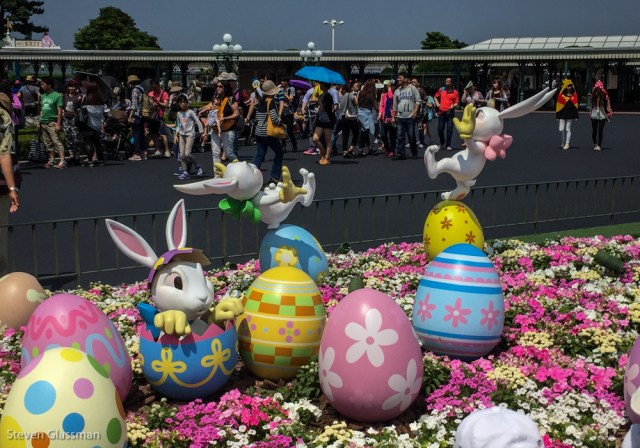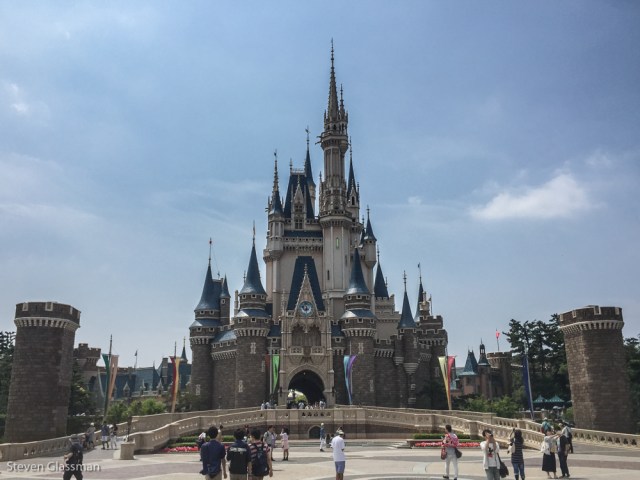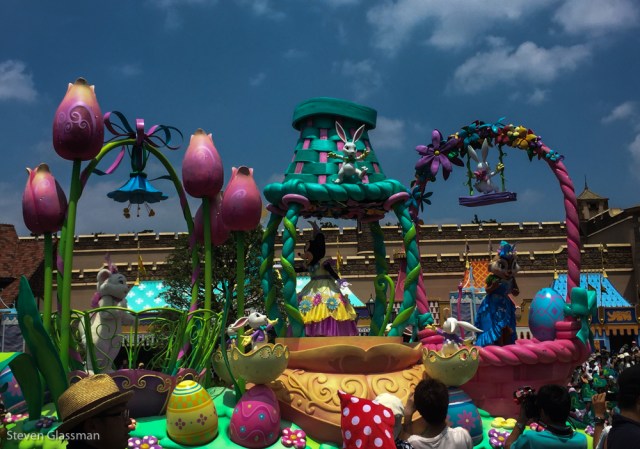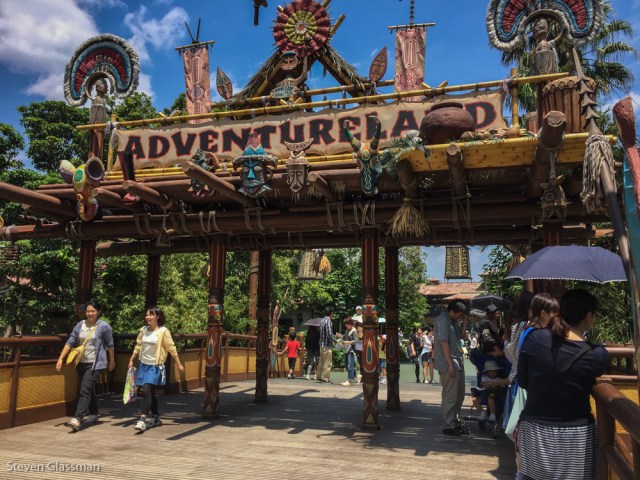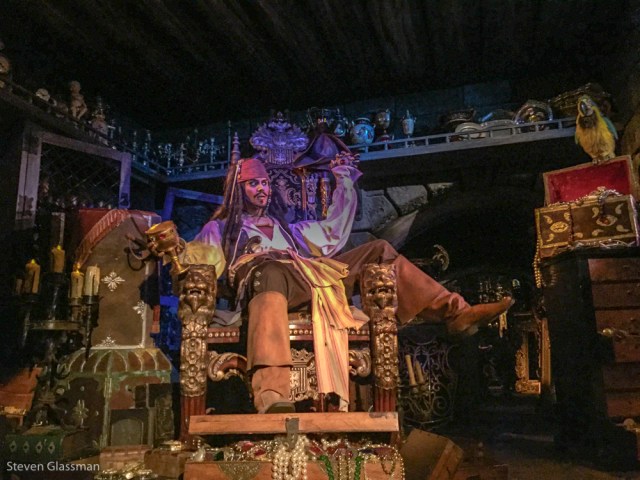In my third weekend in Japan, I went to both of the Disney theme parks in Tokyo. I’ve already covered Tokyo Disneyland, but the other park was far more interesting to me: Tokyo DisneySea. There isn’t an analogous park to DisneySea anywhere else in the world. Many of the rides and concepts in this park are unique to DisneySea.
You still have to use the monorail to get there, however. I always love the monorail.

Tokyo Disney’s monorail is not that different on the inside than any other Tokyo rail car, except that the windows and hand grips all have that familiar Mickey shape. The little red shorts on each hanging ring are especially cute.
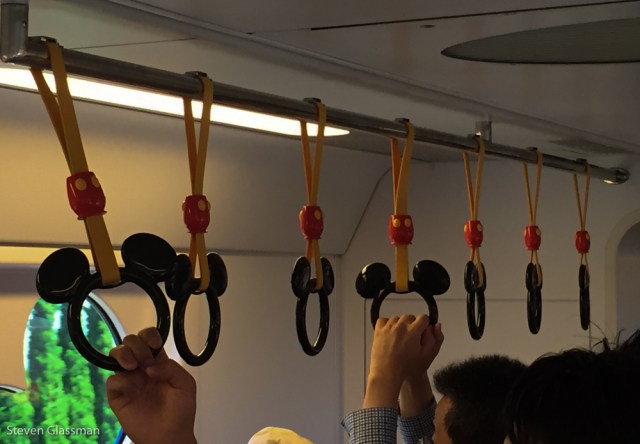
The entry courtyard of DisneySea has a giant rotating Earth. Hidden on the other side of the Earth in this picture is a line of people waiting for an official Disney photo of them standing in front of the planet. On the other side of these entry buildings, the rest of the park centers around an area called Mysterious Island, featuring a giant volcano.

The Easter celebration was going on here as well.
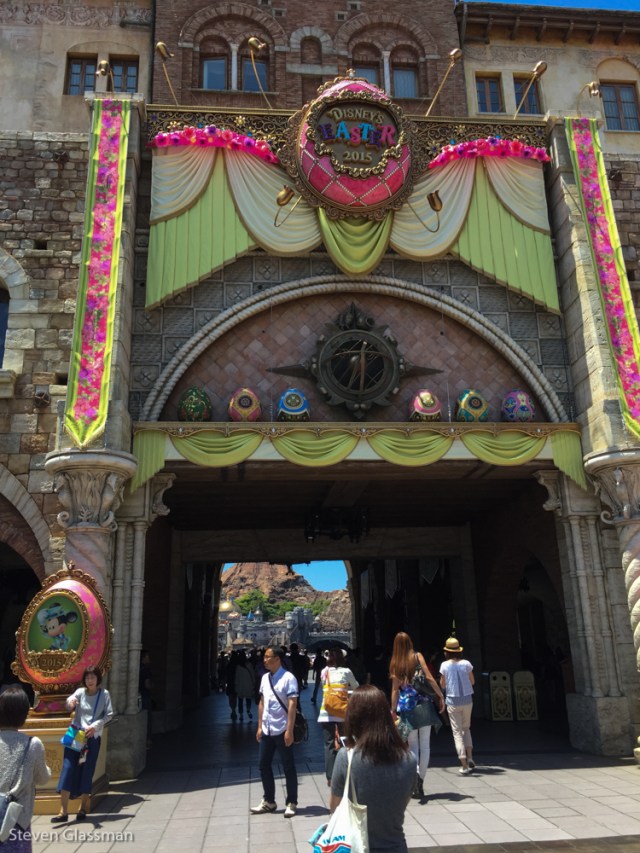
The ride wait times display near the front of the park was surprisingly analog! I would have thought that a digital display would be in use here.

First up is Mysterious Island, home of the Journey To The Center Of The Earth ride. I have no photos from that ride, but it was certainly fun.
There’s a 20,000 Leagues Under The Sea ride in Japan, but it was closed on the day that I visited. Fans of the old 20,000 Leagues ride will recognize this submarine from the old Florida 20,000 Leagues ride. It’s just window dressing here, though- the ride inside is reportedly very different than the old Florida version.

This pyramid is part of the Indiana Jones Adventure ride. It’s really very strange to hear Indiana Jones speaking Japanese.

Indiana Jones Adventure: Temple of the Crystal Skull is a fun coaster ride. It has no relation to the movie, however- this was named Temple of the Crystal Skull years before the development of the movie that shares its name.
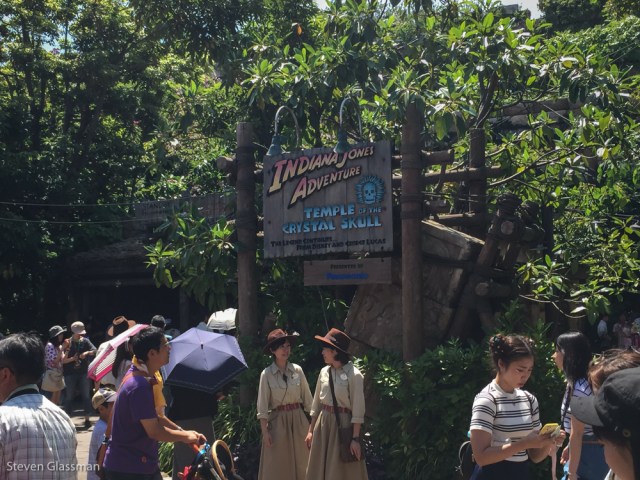
It looks very peaceful, doesn’t it?
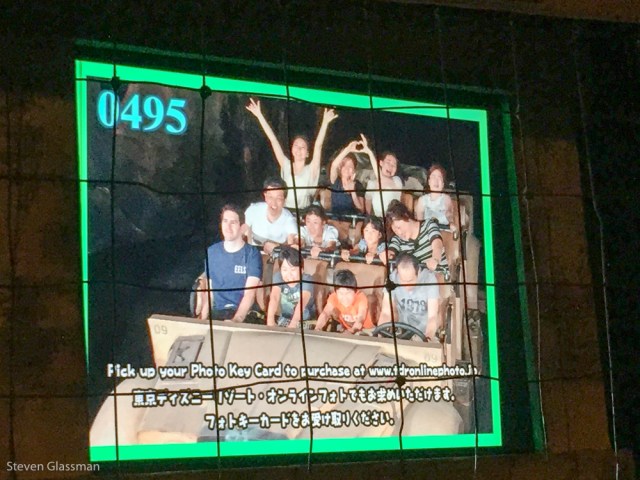
The DisneySea Electric Railway connects different portions of the park.

This is Aquatopia, a ride which uses the same trackless technology as Pooh’s Hunny Hunt over in Tokyo Disneyland. If not for a slight buildup of silt on the floor of the ride’s shallow pool, you wouldn’t be able to tell at all where the cars would go. There was more than one possible track as well, so your car might not go the same way as the car ahead of you, and you might finish slightly before someone who started first.

I stopped for lunch on the American Waterfront section of the park at a place called the Cape Cod Cook-Off. I walked to what I thought was the end of the line, and before long I was ordering my food. What I didn’t realize was that there was a much longer poorly organized line behind me, and that I had accidentally wandered into a character show meal. Since I was alone, I wound up right in front of the stage.

Minnie looks good in purple, don’t you think?
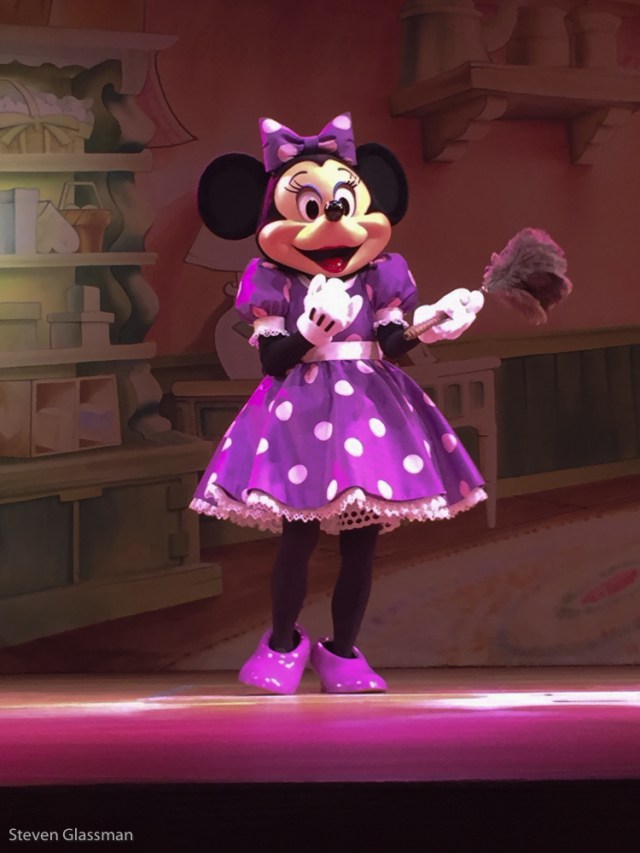
This is Duffy. The show I accidentally dined in is called “My Friend Duffy,” and it centers around this Disney bear. Duffy was created in 2002, but he’s most popular in the Tokyo parks. There’s a great deal of Duffy merchandise available there. He was reintroduced to the American Disney parks only about five years ago.

Tokyo DisneySea does have a Tower of Terror ride, but it has no connection to the Twilight Zone branding because OLC didn’t want to have licensing fees to CBS as well as Disney. Instead, the story is completely different than the Florida version of the ride, and involves a cursed idol.
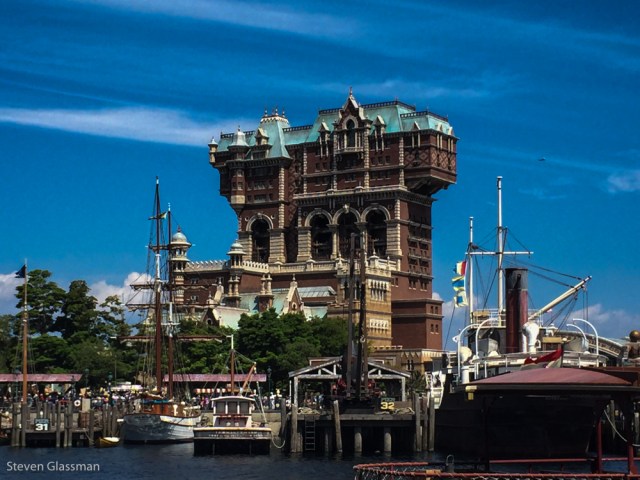
While I was walking toward the StormRider ride, some of the Incredibles popped out to meet park visitors.

Elastigirl was very popular with the kids.
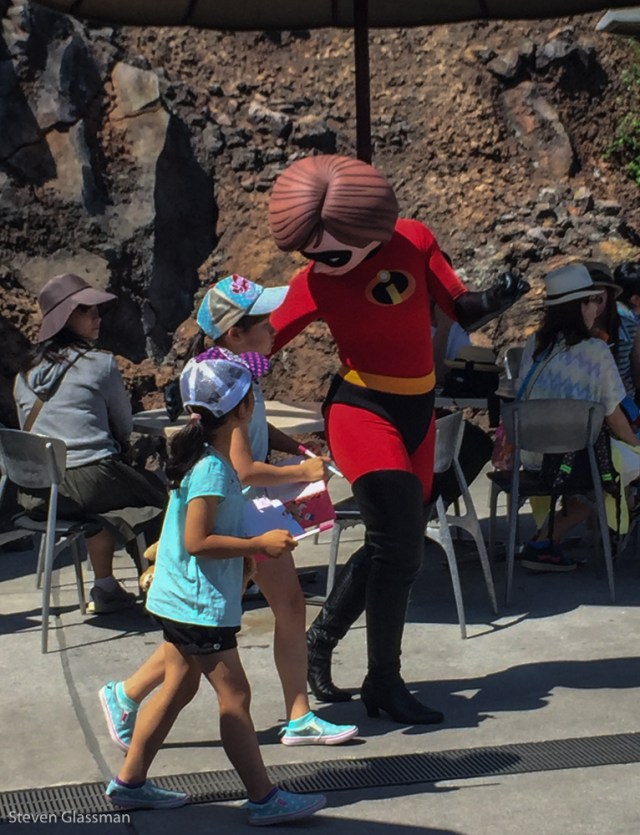
This is the facade of the StormRider ride. The StormRider attraction is closing next May to be replaced by a new Finding Nemo/Finding Dory ride in 2017, so I’m glad I saw it when I did. I have strong opinions about the constant remaking of rides to incorporate newer Disney properties- I understand why they do it, but I often dislike the changes and miss the original versions. (In other words, Dreamfinder got a raw deal.)
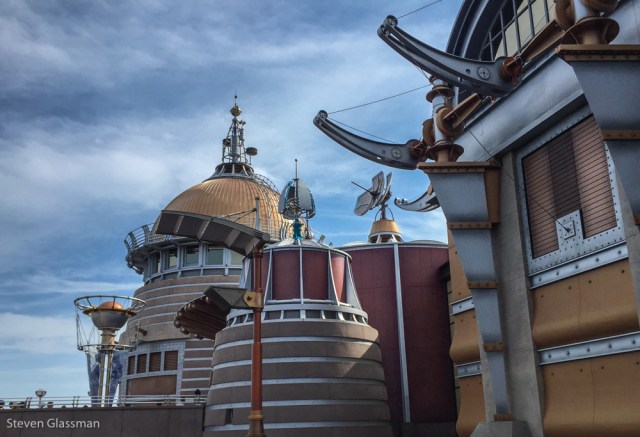
But I digress… StormRider is a ride in which you use a specialized aircraft to fly into and diffuse a storm system. The actual ride is a simulator, similar to Star Tours. This is the entry area, where the storm diffusion technology is explained to the audience.
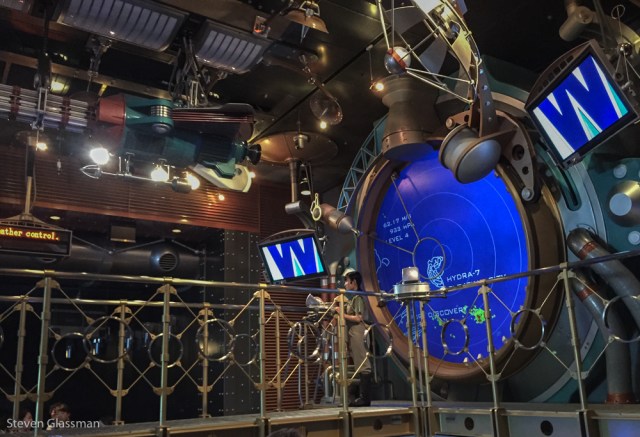
One huge section of Tokyo DisneySea is built to resemble Aladdin’s Agrabah.

Jasmine’s Flying Carpet ride is basically the same as the Flying Carpets ride in the Magic Kingdom in Florida. Hi, Rajah!
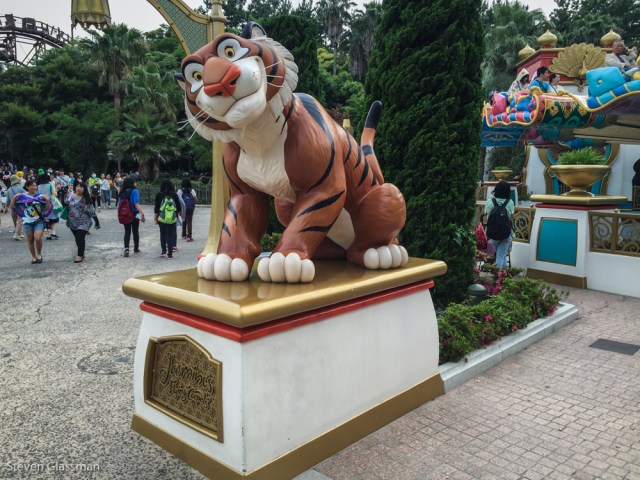
Another large section of the park, Mermaid Lagoon, is built to resemble King Triton’s palace from The Little Mermaid.

Naturally, there’s a statue of Ariel.

And here’s Triton himself, trident in hand, being pulled by two porpoises. Honestly, the notion of using porpoises like horses never made any sense to me, unless he did it on porpoise to make some sort of political point.
Yes, the entire point of that last bit was to set up a dolphin pun. Don’t judge me.

I wanted to go into King Triton’s Concert, but if you look carefully in this photo, you can see that it has a 240 minute wait time. Two hundred forty minutes. I was not interested in waiting four hours to get into this attraction.

Instead, I waited on line for Raging Spirits. The premise for this ride is that it’s an archaeological dig, but the temple designs are based loosely on the Incan aesthetic of The Emperor’s New Groove.

I noticed this sign on the way out of the Raging Spirits coaster, and I totally agree. Life is an astounding journey.

As I was preparing to leave the park, Mount Prometheus started to erupt. I had no idea it did that!

Have you ever been to a Disney park outside of the USA? What did you think?




